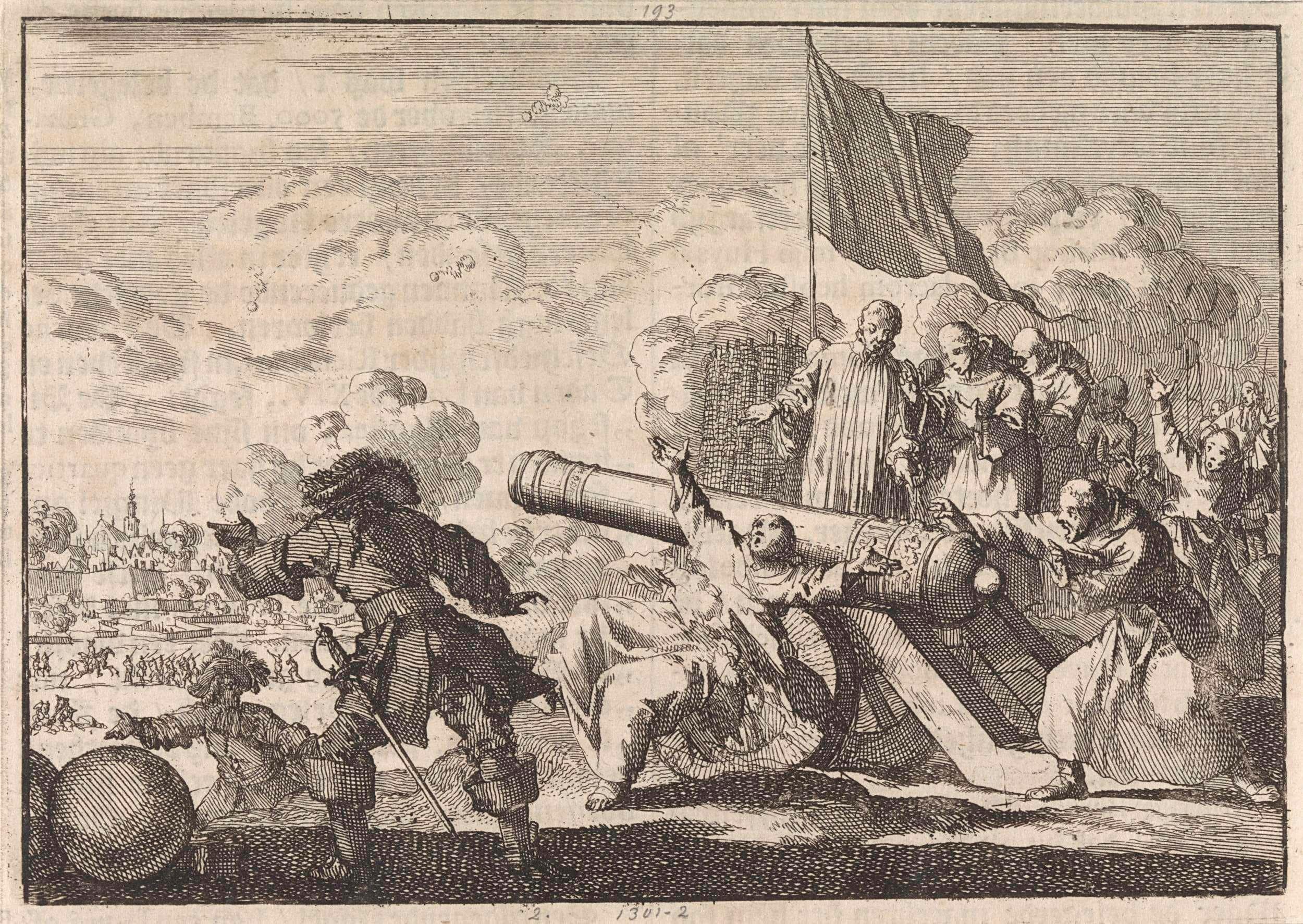
Hate-groups, Trump, and a lot of angry people
Make America great again, or make America hate again? Trump’s campaign has raised many troubling questions. He has at various stages proposed building a wall and purging illegal immigrants, or retweeted the messages of Neo-Nazi fanatics. Yet still, his popularity is huge. And this popularity will continue after election day.
Will today, the 8th of November, truly mark the end of the Trump campaign? Or did he light a spark that will continue to burn?
It’s now well-known that Trump has the support of hate groups (KKK, Neo-Nazis). And while this is indeed something to be concerned about, that’s not what scares me. What scares me is the number of supporters who aren’t members of hate groups. These people are angry; angry at immigrants, angry because they lost their jobs, angry because they fear becoming minorities themselves. In Trump, they see the promise of wealth, jobs, and an immigrant-free America.
Trump has given the angry a voice and this, in turn, is what a Clinton win threatens. His unfounded claims that the election is rigged speaks to this group and strikes at the heart of democracy itself. But what follows the likely Clinton win? Anger is rarely calmed or dissipated by a loss.
This is a problem we must take seriously. In short, in understanding the source of Trump’s support, we must consider angry groups separately from hate groups. And this begins with definitions.
According to van Zomeren, Leach and Spears (2012), anger is the emotion that leads people to come into action as a group. Typically, this is action against a collective disadvantage caused by preconceptions, discrimination, or inequality.
Yet there is also evidence that anger can amplify the unity of a group (Livingstone et al., 2011). So we can infer from this that angry people are both moved to take action, and are led by their anger to feel more connected to each other.
The result: one big angry mass, united by their anger, even if not by their interests.
But why might a single angry person be led to join such a group? According to van Zomeren, there is one reason: to reach a personal goal. When this goal can’t be reached alone, you need a group. The common goal of an angry group is then to remove the collective (perceived) disadvantage. For Trump’s support group, this is – if we work backward from his messaging – immigrants, unemployment, and the fear of becoming a minority.
Of course, a big angry group of people demonstrating against a collective disadvantage is far more powerful than one person alone. Two primary variables then affect the collective action undertaken by the group.
First, the amount of anger felt within the group: group-based anger. When there is a strong sense of unfairness, the group’s anger will be increased. Similarly, rhetoric directed toward increasing the group’s anger will increase the collective action undertaken by the group.
Second, group-efficacy beliefs. When members think the group can be efficient in reaching the common goal, the magnitude of collective action will be increased. So, make simple promises: “build a wall” and “send them home.” (And when these fail, or are shown to be untenable, anger is increased further.)
Trump’s supporters were already angry. He just gave them something to rally around, and has in turn used their anger to manipulate them into supporting him still more. His supporters then came to feel like they had found someone who was willing and able to make their ideas a reality. But they’ve been losing for weeks, and seem likely to lose the election itself.
They’re angry. And, worse, they’re probably losers too. So now the US will have to deal with an angry mob who wants to “make America great again,” but feel that they don’t have the means.
And that? That is scary.
References
Livingstone, A. G., Spears, R., Manstead, A. S. R., Bruder, M., & Shepherd, L. (2011). We feel, therefore we are: Emotion as a basis for self-categorization and social action. Emotion, 11(4), 754-767.
Van Zomeren, M., Leach, C.W., & Spears, R. (2012). Protesters as “passionate economists”: A dynamic dual pathway model of approach coping with collective disadvantage. Personality and Social Psychology Review, 16(2), 180-199.



